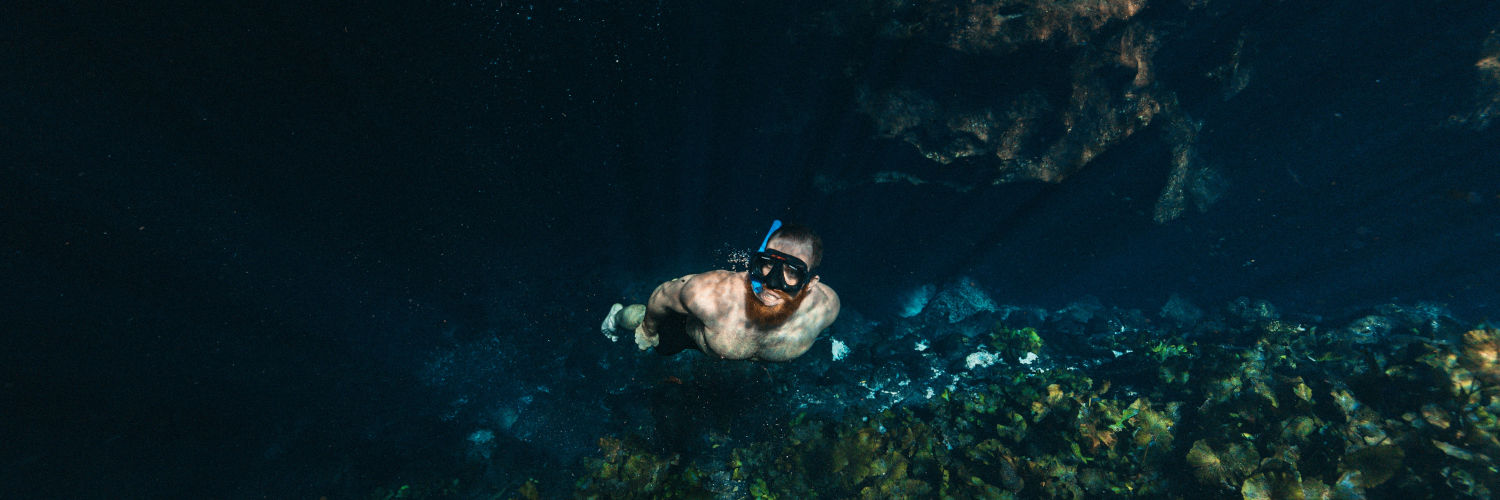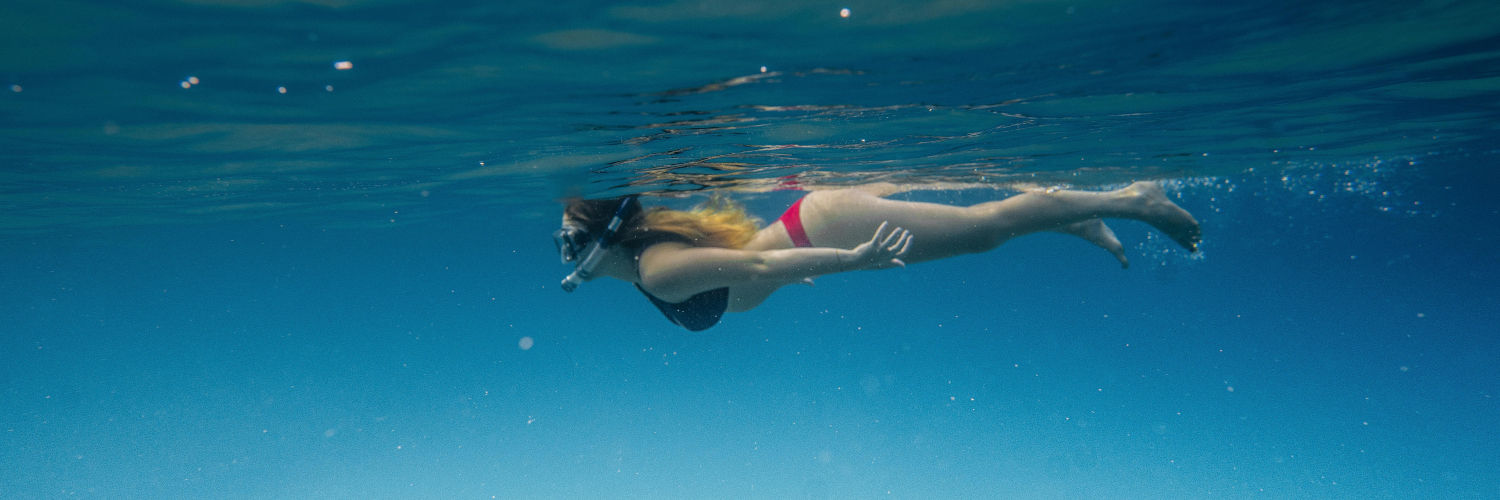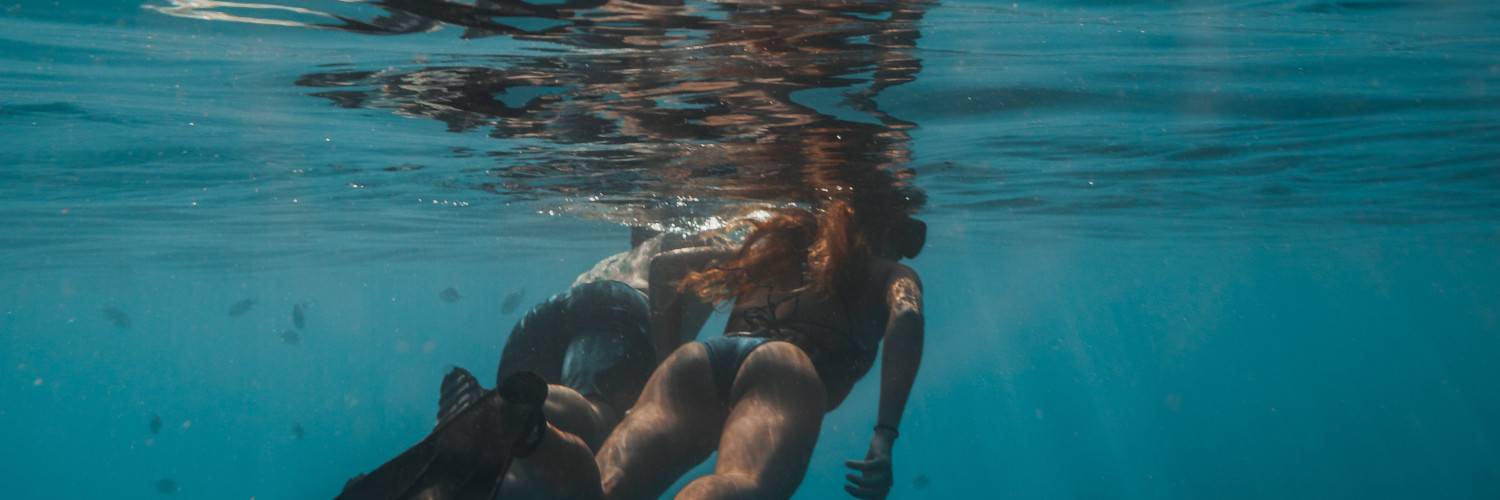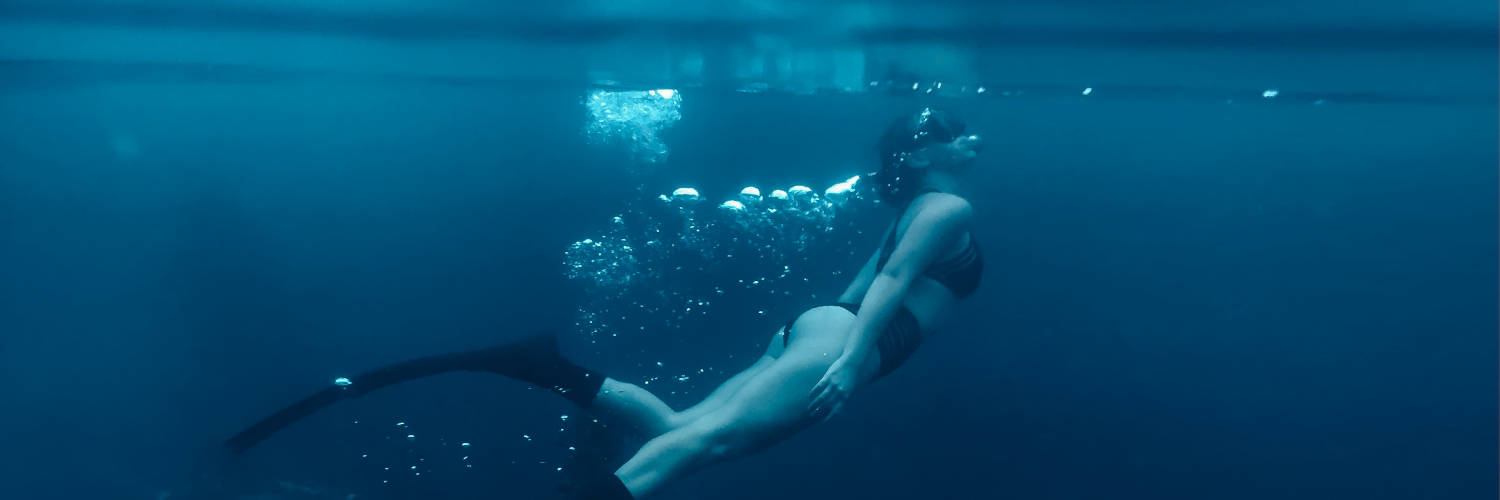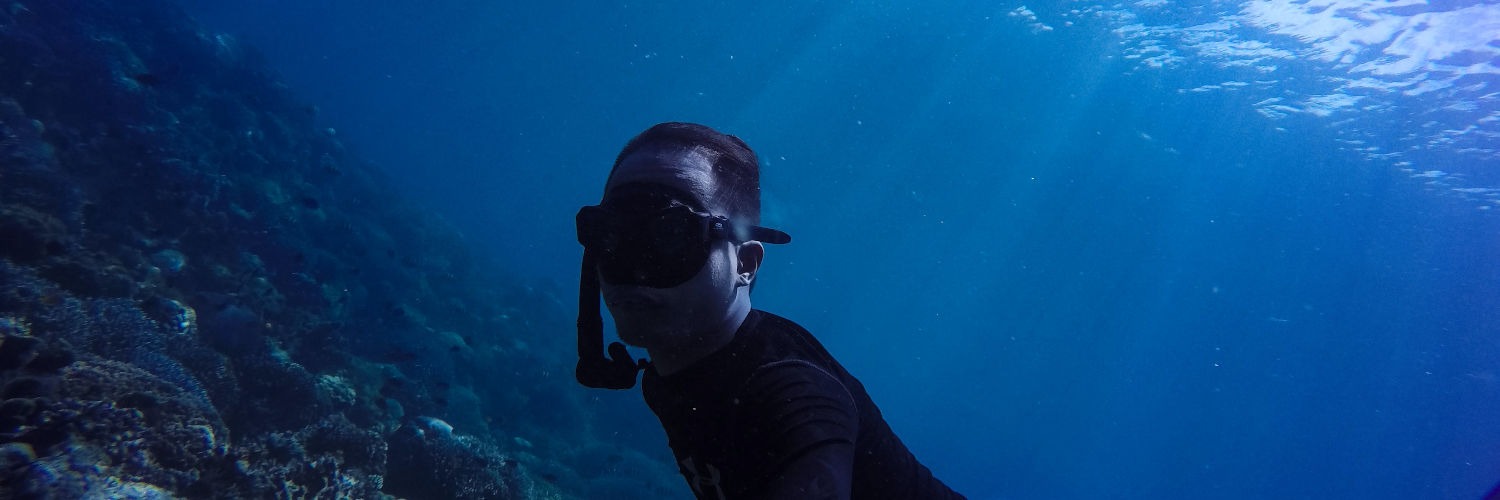Snorkeling in the Yucatan: Exploring Mexico’s Majestic Underwater Worlds
Snorkeling in the Yucatan Peninsula offers a diverse underwater experience that is both accessible and thrilling for enthusiasts of all levels. The region’s clear, warm waters are home to vibrant coral reefs and a plethora of marine life, from gentle sea turtles to colorful tropical fish. Notable for its rich biodiversity, the Yucatan’s underwater landscapes provide unique opportunities, such as swimming alongside the majestic whale sharks near Holbox or exploring the famous underwater museum, MUSA, near Cancun.
The coastal waters off the Yucatan boast varied snorkeling spots tailored to different preferences. Destinations like the island of Cozumel are known for their breathtaking beauty and protected marine environments, while Tulum offers proximity to both coral reefs and historical sites, blending natural wonders with cultural heritage. Isla Mujeres invites snorkelers to its underwater sculpture park, creating an intriguing combination of art and ecology.
Accessibility is a key feature of the Yucatan’s snorkeling scene, with many spots reachable directly from the beach. For those looking for remote or deeper sites, boat tours are readily available. Operators in the area typically offer equipment rental and guided tours, ensuring that even beginners can safely enjoy the underwater marvels of the Yucatan Peninsula. With conservation efforts in place to protect the delicate reef ecosystems, snorkelers are encouraged to enjoy the underwater vistas responsibly.
Discovering the Yucatan’s Underwater World
The Yucatan Peninsula presents a spectacular ensemble of underwater experiences, from the flourishing coral reefs to the distinctive cenotes. Each environment harbors a rich array of marine biodiversity that promises a truly immersive snorkeling adventure.
The Vibrancy of Coral Reefs
Cozumel and Puerto Morelos National Park are prime locations for witnessing the full glory of coral reefs in the Yucatan. Snorkelers can marvel at the kaleidoscope of colors on the Palancar Reef and Columbia Reef, which are home to intricate marine ecosystems showcasing a variety of hard and soft corals.
- Cozumel: Known for its clear waters and breathtaking underwater visibility.
- Puerto Morelos: Features a protected marine park with vibrant coral formations.
Marine Species Diversity
Diverse marine species ranging from the smallest colorful fish to the gentle sea turtles thrive within the Yucatan’s waters. The region is renowned for the opportunity to swim alongside these creatures, especially around Tulum and the underwater museum of Isla Mujeres.
- Tulum: Teeming with a wide array of reef fish and other marine life.
- Isla Mujeres: The underwater sculptures serve as an artificial reef, attracting various species.
Exploring the Cenotes
The Yucatan is dotted with cenotes, natural swimming holes opening to underground rivers, often linked to the Mayan culture. Cenote Dos Ojos, near Tulum, is one of the most famous, consisting of two connected sinkholes with clear, fresh waters perfect for snorkeling, revealing a hidden world beneath the surface.
- Cenote Dos Ojos: A spectacular subterranean water system known for its visibility and light effects.
Notable Snorkeling Destinations
The Yucatan Peninsula is renowned for its exceptional snorkeling locations. With crystalline waters and diverse marine life, destinations like Cozumel, Tulum, Akumal Bay, and Isla Mujeres stand out for their unique snorkeling experiences.
Cozumel: A Snorkeler’s Paradise
Cozumel is famed for its stunning coral reefs and diverse underwater habitats. Notable snorkeling spots include:
- Palancar Reef – renowned for its clear waters and rich marine life.
- Columbia Reef – offers a picturesque underwater landscape.
Visibility in Cozumel can extend beyond 100 feet, providing snorkelers with spectacular views of tropical fish, turtles, and vibrant corals.
Tulum and Akumal Bay’s Natural Aquarium
Tulum presents snorkelers with a harmonious blend of cultural experiences and natural beauty. Highlights include:
- Cenote snorkeling – Discover the awe-inspiring cenotes that offer a window into the region’s subterranean waters.
Akumal Bay is a sanctuary for sea turtles and teems with life in shallow waters, ideal for all ages. The bay is known for its:
- Sea turtle encounters – a chance to snorkel alongside these majestic creatures in their natural habitat.
The Unique Ecosystem of Isla Mujeres
Isla Mujeres offers a less crowded but equally impressive snorkeling experience. Key features include:
- MUSA – an underwater museum with over 500 life-sized sculptures.
- Manchones Reef – hosts a vast array of fish species and corals.
Snorkelers at Isla Mujeres often enjoy the warm, clear waters that serve as a habitat for a rich variety of marine species, including the seasonal whale sharks.
Snorkeling Tours and Experiences
Snorkeling in the Yucatan offers a plethora of options, from guided tours that maximize the chances of encountering diverse marine life to independent explorations for experienced snorkelers. Enhancing the adventure, areas like Cozumel and Holbox Island provide unique experiences blending natural beauty with cultural elements.
Guided Tours vs. Independent Explorations
Guided Tours are recommended for those new to snorkeling or unfamiliar with the local reefs. Tours often include:
- Fully trained guides for safety and education
- Access to popular snorkeling spots like Palancar Reef and Columbia Reef
- Support and equipment, maximizing the snorkeling experience
Independent Explorations suit experienced snorkelers who prefer:
- Freedom to choose their itinerary
- Exploring at their own pace
- Creating personalized experiences based on their preferences
Encounters with Majestic Sea Creatures
Snorkelers in the Yucatan Peninsula can expect to encounter an array of sea creatures. Highlighting these encounters:
- Sea Turtles: Commonly sighted in the warm waters, especially in areas like Akumal.
- Whale Sharks: The gentle giants are best spotted around Holbox from June to September.
Guided snorkeling tours optimize the likelihood of these encounters, as guides know the best times and spots for viewing.
MUSA: Merging Art and Snorkeling
MUSA (Museo Subacuático de Arte) offers a snorkeling experience like no other, where art meets marine biology. Key features include:
- Over 500 life-sized sculptures, acting as an artificial reef
- Snorkeling tours available, providing both cultural and ecological insight
- Unique experience that combines underwater art appreciation with natural exploration
Visitors to MUSA can appreciate the fusion of human creativity with the nurturing of marine ecosystems.
Practical Tips for Snorkelers
For those eager to explore the underwater marvels of the Yucatan, being well-prepared is crucial. These tips provide guidance on the ideal time for snorkeling, safety and conservation, and the gear needed to ensure a comfortable and enjoyable experience.
Best Season to Snorkel
The optimal time for snorkeling in the Yucatan Peninsula is from May to September when the waters are warmest and the visibility is highest. However, one should be mindful of the rainy season, typically from June to October, which could affect underwater clarity and safety.
- May to September: Warm waters and high visibility.
- June to October: Rainy season may impact conditions.
Safety and Conservation Measures
Prioritizing safety during snorkeling is paramount; one should always snorkel with a buddy and stay aware of the surroundings. Preservation of the delicate marine ecosystem is equally important, thus touching coral or wildlife is discouraged. The use of biodegradable sunscreen can help protect marine life from harmful chemicals.
- Buddy System: Never snorkel alone; ensure you have a companion.
- Contact with Nature: Avoid touching coral or marine creatures.
- Sun Protection: Only use eco-friendly, biodegradable sunscreen.
Essential Gear and Comfort Tips
Comfort and functionality are key when selecting snorkeling gear. A well-fitting mask is essential for clear visibility, and fins should be snug but not too tight to prevent cold feet or cramps. Beginners might consider flotation devices for added security.
Mask Fit:
- Test masks beforehand for the best fit.
- A proper mask should stay on the face without a strap upon inhaling through the nose.
Fins and Comfort:
- Choose fins that fit snugly without restricting circulation.
- Consider neoprene socks if prone to cold feet.
Flotation Aids:
- Novice snorkelers can use flotation devices for additional support.
- Always ensure the presence of lifeguards when necessary.
By adhering to these practical suggestions, snorkelers can fully embrace the captivating activities available in the Yucatan’s waters, from swimming amidst vibrant coral reefs to capturing stunning pictures of the underwater world.
Beyond Snorkeling: The Yucatan Experience
The Yucatan Peninsula offers a plethora of experiences extending far beyond the underwater spectacle. Visitors are invited to immerse themselves in a region rich with historical sites, gastronomic offerings, and an array of water sports beyond just snorkeling.
Cultural Landmarks and Natural Wonders
The Yucatan is scattered with Mayan ruins, such as the world-renowned Chichen Itza and the less crowded but equally significant Uxmal. These sites offer insights into the ancient Mayan civilization with their impressive architecture and cultural stories. Cenotes, natural sinkholes, also dot the landscape, offering a unique blend of natural beauty and recreational activities. The Grutas de Loltun showcase extensive caves and are accompanied by guided tours that bring to life the geological and anthropological history of the area.
Culinary Delights and Accommodations
Travelers will find a variety of restaurants serving traditional Yucatecan cuisine, characterized by dishes like cochinita pibil (slow-roasted pork) and panuchos (beans-filled tortillas). For those seeking a culinary adventure, local markets like Mercado Lucas de Gálvez in Mérida offer an authentic experience and exotic flavors. Accommodations range from luxury hotels to intimate boutique establishments, ensuring that every traveler finds a stay to suit their preference, often incorporating traditional Mayan elements.
Water Activities Beyond Snorkeling
For adventurous spirits, the Yucatan is not only about snorkeling. Visitors can embark on kayaking tours through mangroves or in open waters. The town of Celestun is a prime spot for kayaking amidst a bird sanctuary, where travelers may spot flamingos and other wildlife in their natural habitat. For an even more exhilarating experience, kite surfing and wind surfing are also gaining popularity along the Yucatan’s extensive coastline, particularly in locales such as El Cuyo and Isla Blanca.
Conclusion
The Yucatan Peninsula in Mexico stands out as a premier snorkeling destination due to its unparalleled appeal to travelers. With its crystal-clear waters and vibrant marine life, this region offers exceptional snorkeling opportunities that cater to enthusiasts of all levels.
Key Attractions:
- Cenotes: These natural sinkholes, unique to the area, provide an otherworldly snorkeling experience away from the open sea.
- Coral Reefs: The Mesoamerican Barrier Reef offers snorkelers a chance to see diverse ecosystems teeming with colorful fish and intricate coral formations.
Notable Snorkeling Spots:
- Tulum: Famed for cenotes and proximity to the reef; ideal for those seeking a mix of history and natural beauty.
- Cozumel: Renowned for clarity of water and vibrant marine life, attracting snorkelers and divers alike.
Travelers should note that while areas like Cancun and Playa del Carmen are well-known, spots closer to Merida such as Telchac Puerto may have fewer snorkeling opportunities. Tourists are advised to research and possibly travel further from such locations for the best experiences.
The Yucatan’s offerings are extensive, each with its own distinct character. It is no surprise that both first-time visitors and seasoned snorkelers continue to be drawn to the Yucatan’s underwater escapades.
